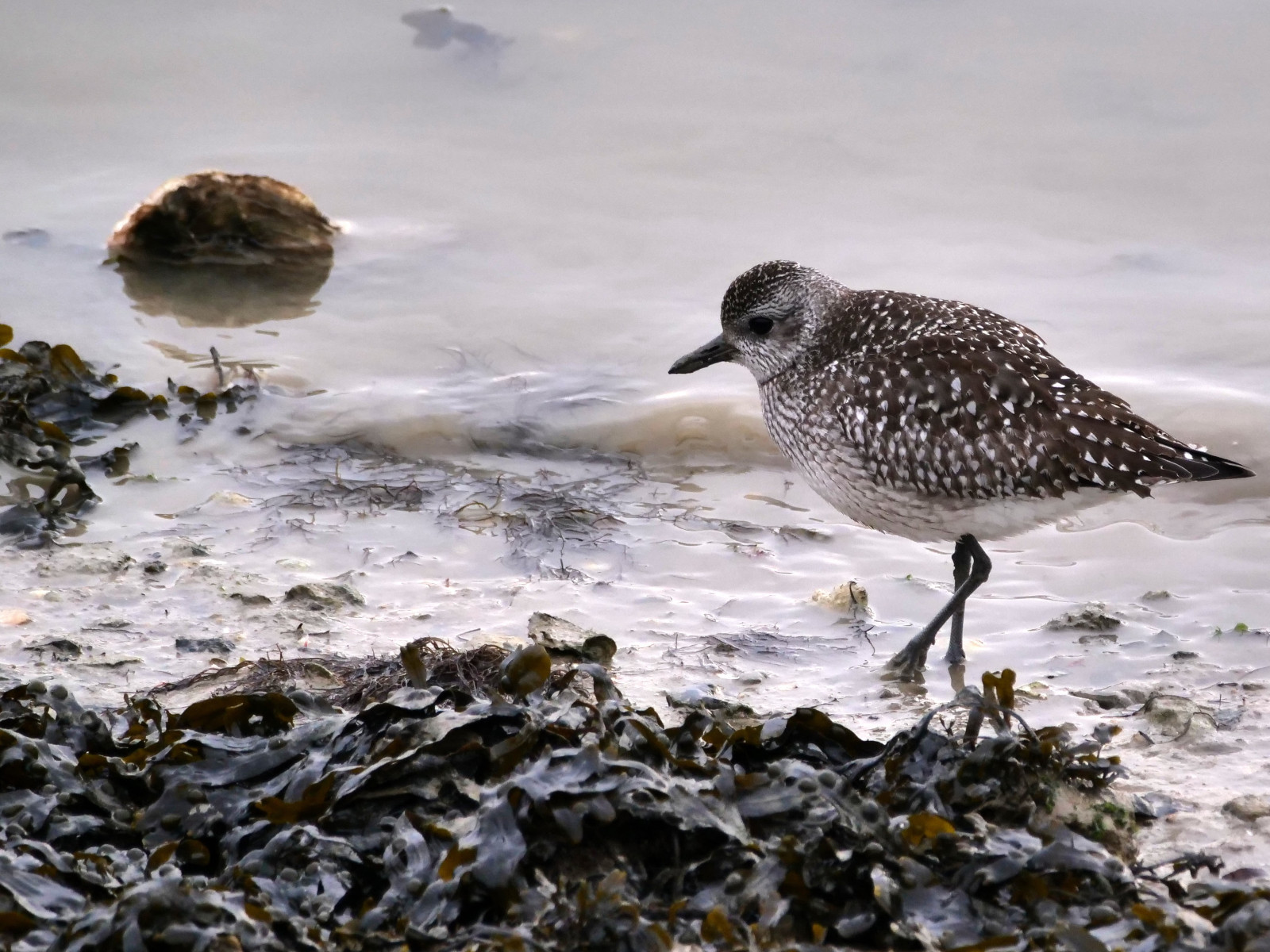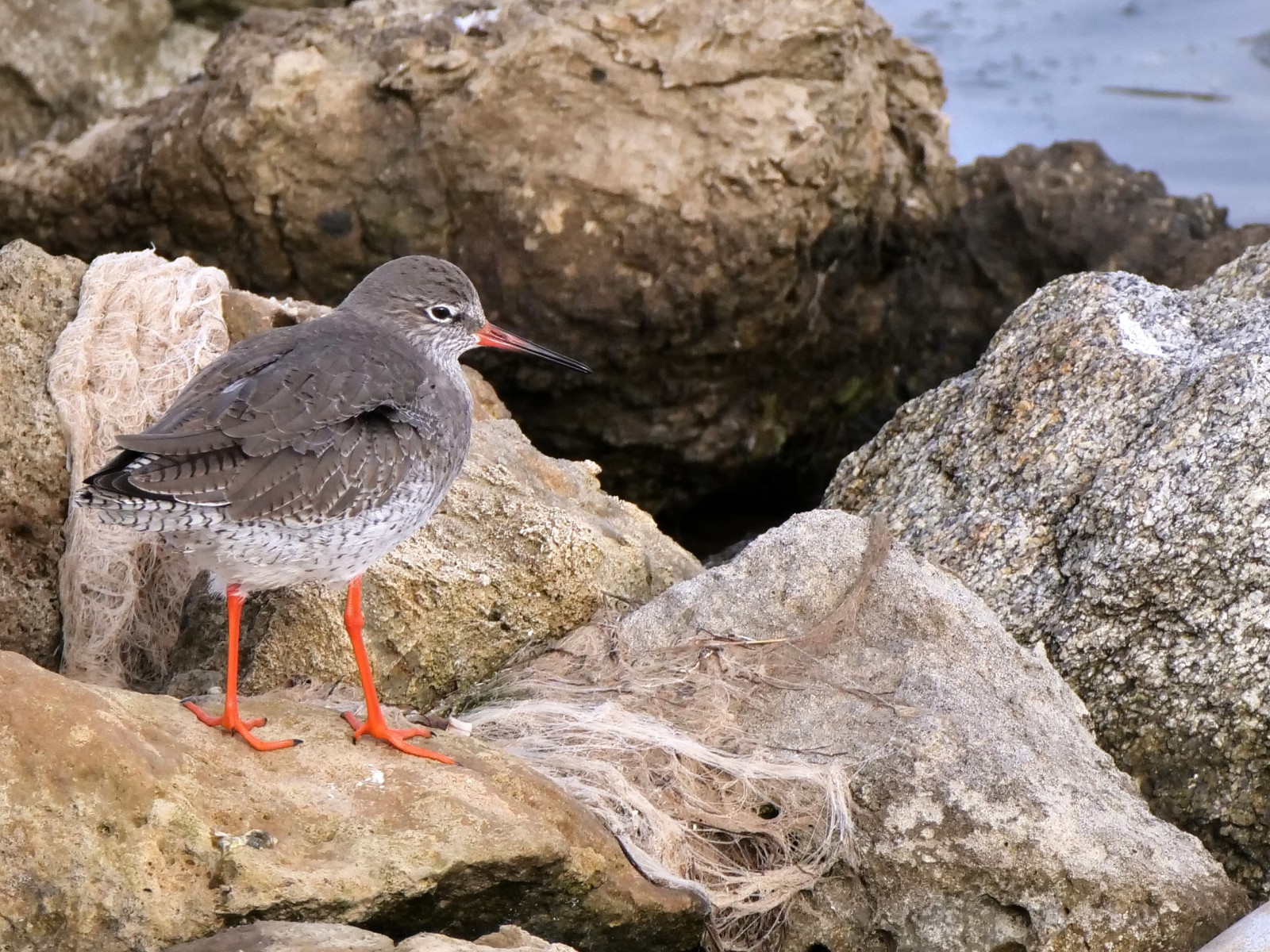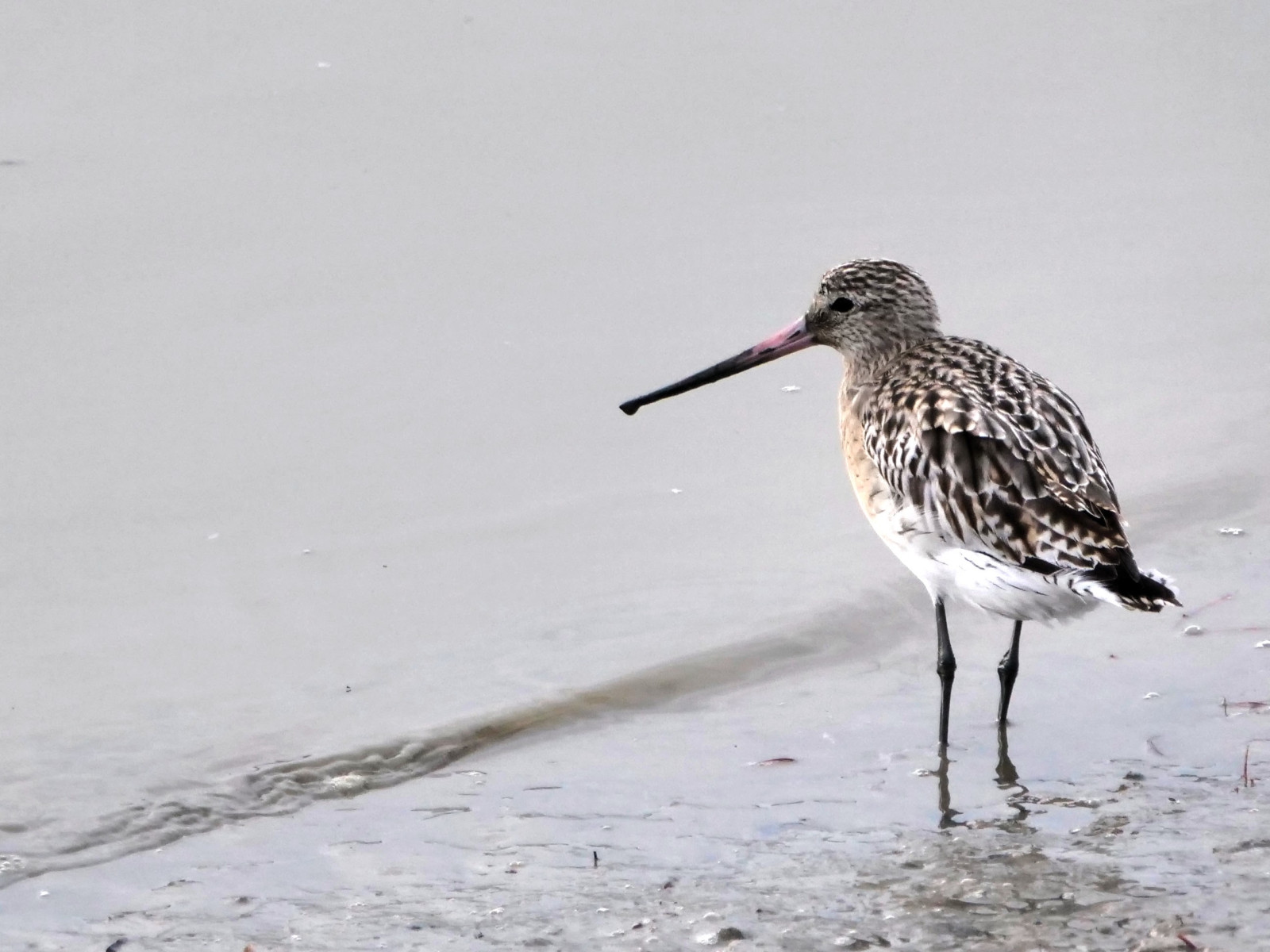Opis
The island of Noirmoutier is very popular with tourists because of the sea and beaches. But it is also an interesting destination for birders because it houses several nice nature reserves. The wetland of Mullembourg is one of them. These 48 hectares of marshland belong to the vast complex of Atlantic coastal marshes and are home to many bird species. The nature reserve consists of two parts (Grand and Petit Mullembourg) separated by a channel through which the seawater feeds the Grand Mullembourg. The Petit Mullembourg (western part of the reserve) is occupied by active salt marshes. The marshes are an important resting place at high tide in winter for the seabirds, ducks and geese, which winter around the island. In the spring, some migrants returning from Africa simply make a stop, while others breed here. Among the waders you can see are szlamnik, biegus zmienny, sieweczka obrożna, siewnica, szablodziób and szczudłak. Other interesting birds are ibis czczony, rybitwa czubata and mewa cienkodzioba.
Szczegóły
Dostęp
Park at the beginning of the Jetée Jacobsen (See the P on the map). Walk on to the Jetée Jacobsen (pier) and on both sides you can find and see many birds. Sometimes they are far away, so a telescope can be handy. Walk to the end of the pier (1,5 km), where most birds can be found, and then return the same way. You can also make the circular walk of 4,5 km that is indicated on the map.






